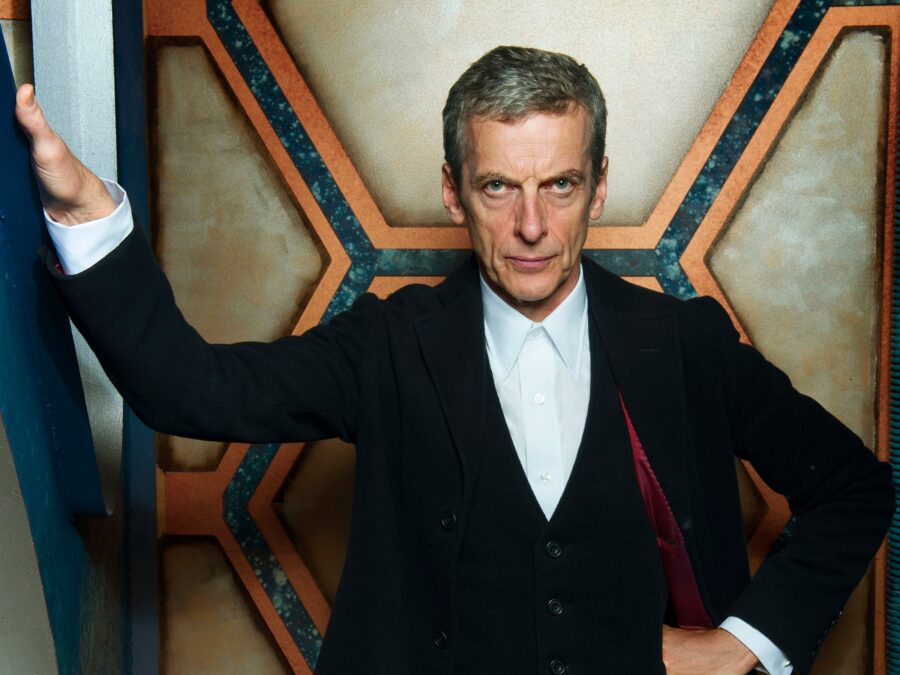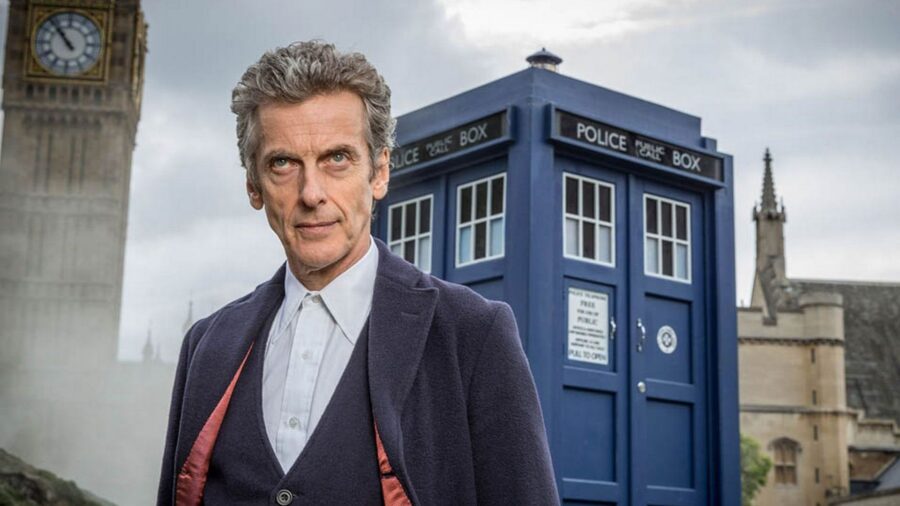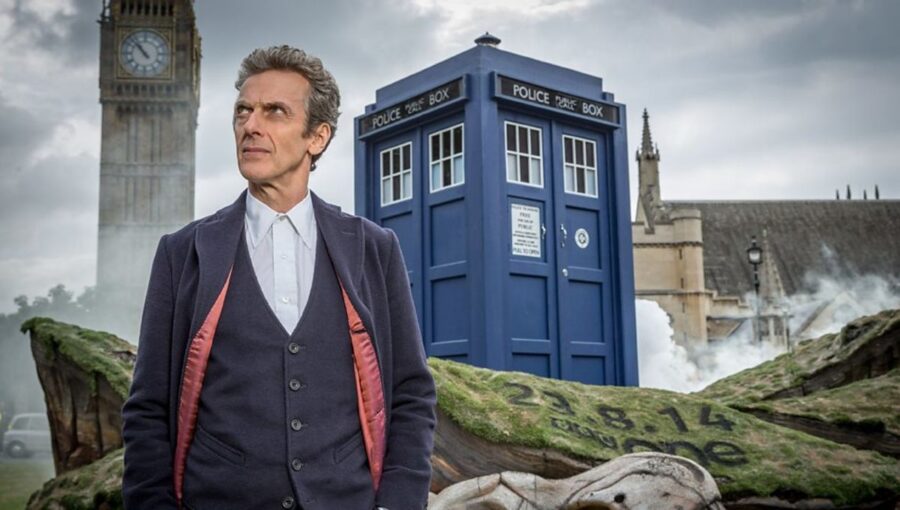Former Doctor Peter Capaldi Criticizes Doctor Who
A former Doctor Who doctor Peter Capaldi took some shots at the show, especially in comparison to his latest big-budget film.
This article is more than 2 years old

The set of Doctor Who isn’t as reverentially screwed together as writer Steven Moffat would have liked, series alum Peter Capaldi tells Digital Spy on Wednesday. The Twelfth Doctor recently swapped his Sonic screwdriver for a Thinking Cap with buzzing screwdrivers jutting out the sides, and Capaldi — who now plays the aforementioned Thinker on The Suicide Squad — is positively ecstatic. Not only is a DC Comics supervillain the role of a lifetime, it felt comforting to be working with sets that didn’t cave every few episodes for once.
Until Chris Chibnall’s tenure from series 11 onward, Doctor Who reportedly suffered budget cuts that made almost every prop disposable. That’s right; for a science fiction show as culturally significant as Doctor Who, BBC didn’t think to invest more money in production. Capaldi compares the experience to being in The Suicide Squad, where executives are actually willing to burn dollar stacks to make James Gunn’s elaborate comic book fantasy happen. Here’s how he explained it during the interview:
“(The Suicide Squad) was totally different (to Doctor Who) because it was so much bigger. I mean that everything about it was bigger. And also, you know, Margot, and Idris and John and David Dastmalchian, you know, they were just a sensational group of people to be around. And also there was more money! The Doctor Who, we really don’t have enough – everything on Doctor Who falls to pieces, all of the props falls to pieces and the costumes have to be stuck together with duct tape and velcro and stuff. With this, everybody looked as good in real life as they look in the movies. They weren’t all just held together with safety pins.”

Of course, unlike superhero movies, the allure of Doctor Who was precisely the resourcefulness with which writers harnessed a TV budget; the small screen wasn’t always the bombastic cash cow it is now, and production values were as modest as they were meager. Doctor Who resembled contemporaries like Star Trek in that writers had to make the most out of what little money they were given and still deliver storylines that hit.
And the crew of Doctor Who was pretty damn good at maximizing cinematic quality with as little operating costs as possible. Think Eric Kripke’s Supernatural and Joss Whedon’s Buffy the Vampire Slayer before the streaming boom made television just as expensive to make as blockbuster films. Maybe the monsters didn’t always look as real and the studio couldn’t afford high-definition visual effects in the style of Netflix’s Lucifer, but the pitches were compelling enough to keep audiences watching.
Peter Capaldi echoed most fan sentiments regarding the show’s ability to stretch a minuscule budget. “That’s what I like, [about Doctor Who],” he adds. “I like the kind of B movie kind of cobbled together, quality of it. That it’s really there’s never really quite enough money, but the ideas are often very special. That’s what I like — but it’s also nice to be somewhere where they do have enough money to make the monsters look scary.”

The Paddington star speaks the truth. A project could have the best actors, a talented director, and a spectacular script, but without sufficient funding, it crumbles like a sandcastle in a rough breeze. Every visionary dreams of attracting enough investors, not only to afford keeping every beautiful detail source accurate but also to further expand the gap between fantasy and reality. Developing a narrative that encourages viewers to suspend disbelief is just as crucial to storytelling as the quality of the pitch itself, and nobody wants to watch a film and feel like they’re seeing something so obviously fictional. Whether due to subpar VFX or unrealistic set design, the smallest issue in costs can make the cinematic experience feel less immersive. Fans of Doctor Who got lucky; the crew may have grappled with bargain-basement aesthetics from the start, but they never made audiences feel like they were watching make-believe.
Like most comic book movies from the same era, The Suicide Squad is a major franchise entry that cost Warner Bros. likely over a hundred million to make. Joel Kinnaman echoed his co-stars about the obvious production value and describes the film as “the biggest budget R-rated movie that’s ever been made” — a bold statement considering Avengers: Endgame and Zack Snyder’s Justice League, which was four times the usual amount of a one-hour movie, were only released recently. James Gunn spent $200 million on the second Guardians of the Galaxy, $30 million more than the first entry, which is exactly half the production costs of Endgame, the Marvel Cinematic Universe’s most extortionately pricey blockbuster yet. If money was truly no issue, The Suicide Squad probably had a budget of around $500 million, at least. Either way, it’s still several figures higher than the 60s iterations of Doctor Who; each episode reportedly cost the studio around $50,000 to produce.
Series 13 of Doctor Who, starring Jodie Whittaker as the first female Doctor, is currently in production. James Gunn’s The Suicide Squad, starring Peter Capaldi as the Gaius Grieves incarnation of The Thinker, premieres theatrically and on HBO Max on August 5.











